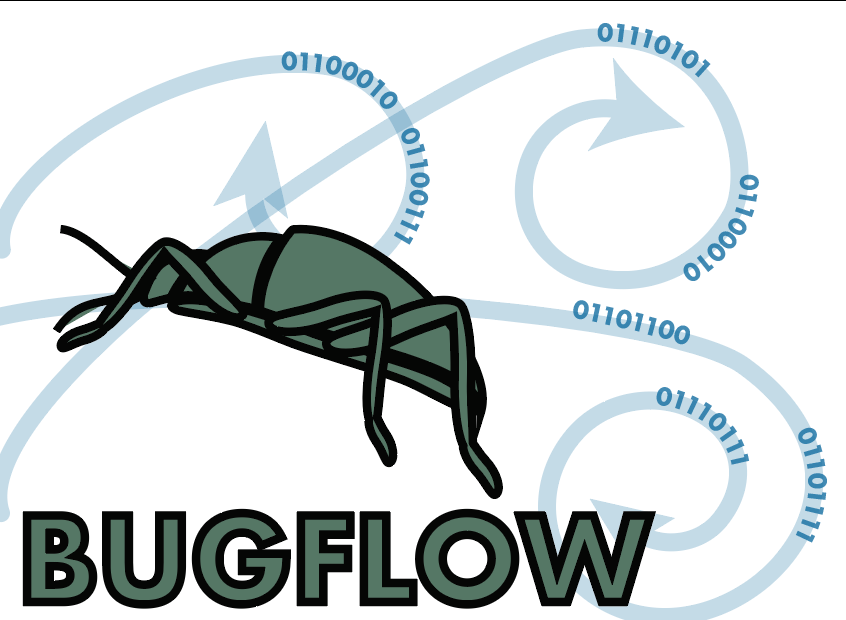Module 1C: Proactive Data Capture in Field
Module Purpose:
This module outlines what data should be captured and recorded while collecting specimens in the field in order to efficiently create specimen locality labels and seamlessly integrate data with other resources, most likely databases.
Module Keywords:
pre-digitization, field work, metadata, transcription, label generation
| TaskID | Task Name | Explanations and Comments | Resources |
|---|---|---|---|
| T1 | Have template at hand for headings of data to record on field notes | You can add this to the first page of the fied notebook. That way it is less likely to miss information when in the field | Best practices |
| T2 | Record locality data | Make sure to include the following: Country, State/Province/Department, County/Municipality, specific locality, GPS coordinates | |
| T3 | Record date | Make sure you record the data unambiguously. As a suggestion, record the month with either Roman numerals or with the short version of the month in letters (e.g. Oct, Mar, etc.) | |
| T4 | Record collectors | Minimally record initial of the first name and full last name of all the collectors. If this is a large group that may be referred as “BIO– Class”, then make sure to record in the field notes the referred name of the group along with the names of all participants. | |
| T5 | Record habitat/microhabitat or substrate notes | Take note of the kind of vegetation and/or other substrate where the sample was collected. | |
| T6 | Record collecting method | Take note of the method used for collecting the specimens (e.g. malaise trap, pitfall trap, manual, net, etc). | |
| T7 | Record associated taxa | Take note of the plants or other organisms that your specimens were associated with. | |
| T8 | Assign field number | It is recommended to create a unique field number for each collecting event. For example, you can use your initials followed by the country and/or state, the date and sample number (NN-USATX-III072021-01). | Best practices |
| T9 | Additional data | Take additional note of other observations at the time of collecting: weather, time of the day, notes on live appearance of specimens (e.g. coloration, behaviour), rough list of taxa in the sample, rough estimate number of specimens. These notes may be useful later. | |
| T10 | Record image numbers | Add to your notes image numbers for habitat photographs taken in the field. | |
| T11 | Label sample | Add a label with FULL data (or at least with field number) to each sample. Make sure that the printing method of the label is compatible with the storage method: if this is an alcohol sample, use a pencil or an alcohol-resistant ink pen |
Essential Training:
- Information completenss
- GPS use
- Handwriting legibility
Module Metrics, Costing, and Reporting:
Define metrics that can be measured to assess success of workflows using this module (reference specific TaskIDs).
Outreach Opportunities:
List outreach opportunities that arise in workflows using this module (reference specific TaskIDs).
Exemplar Workflows:
List of examplar workflows organized by database type.
Discussion:
No discussion yet. Open an issue and reference this module to start discussion.
